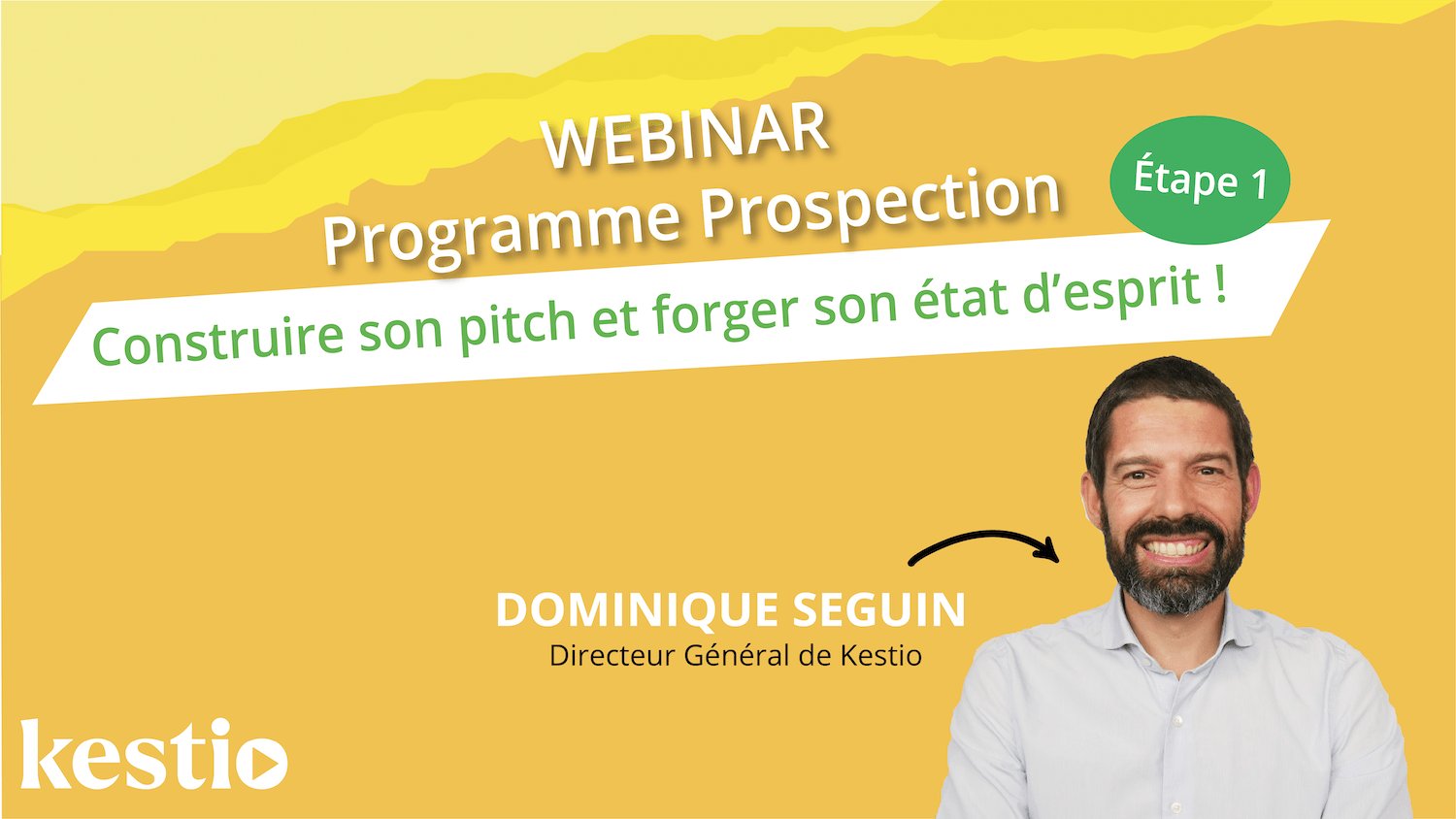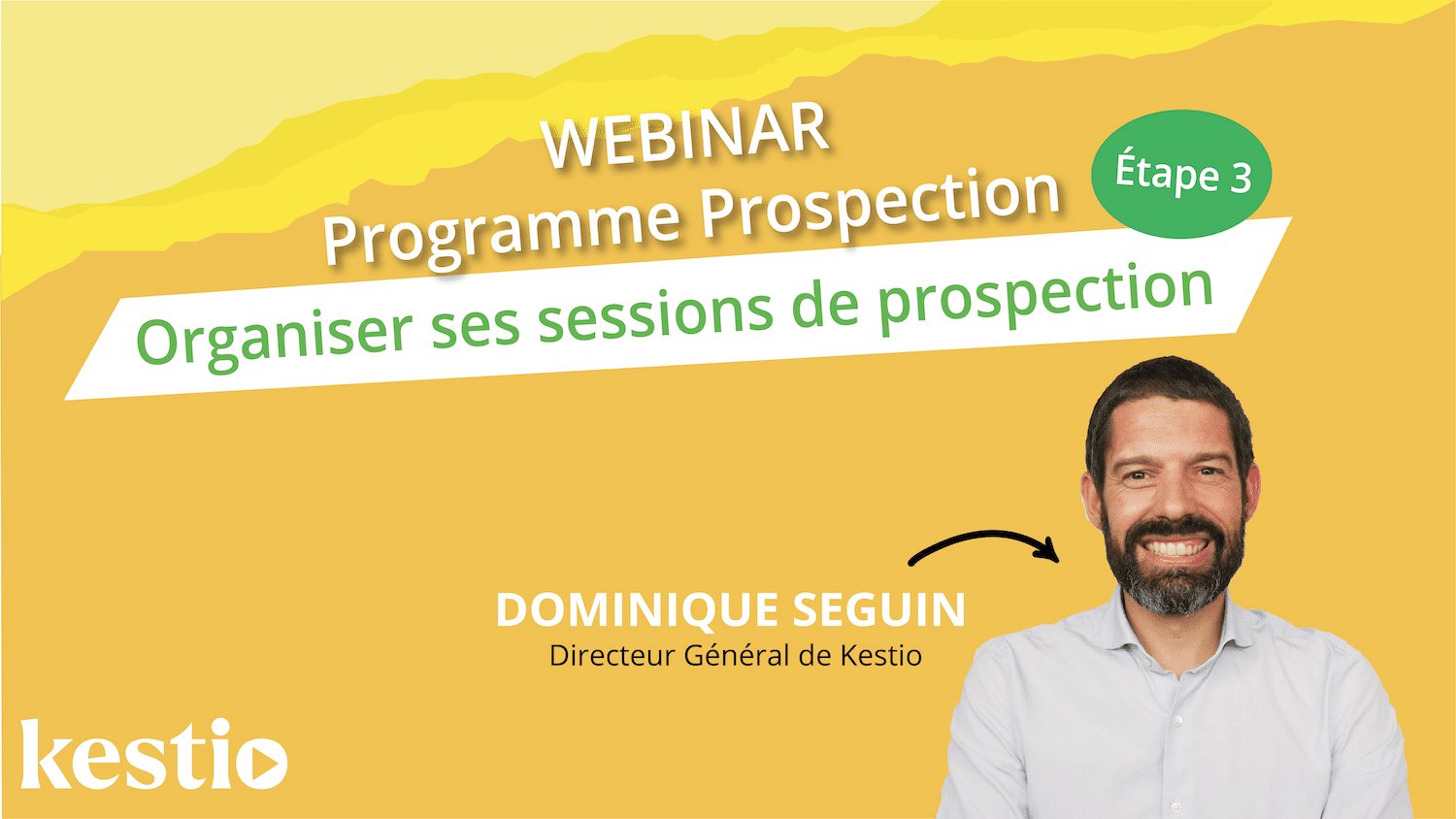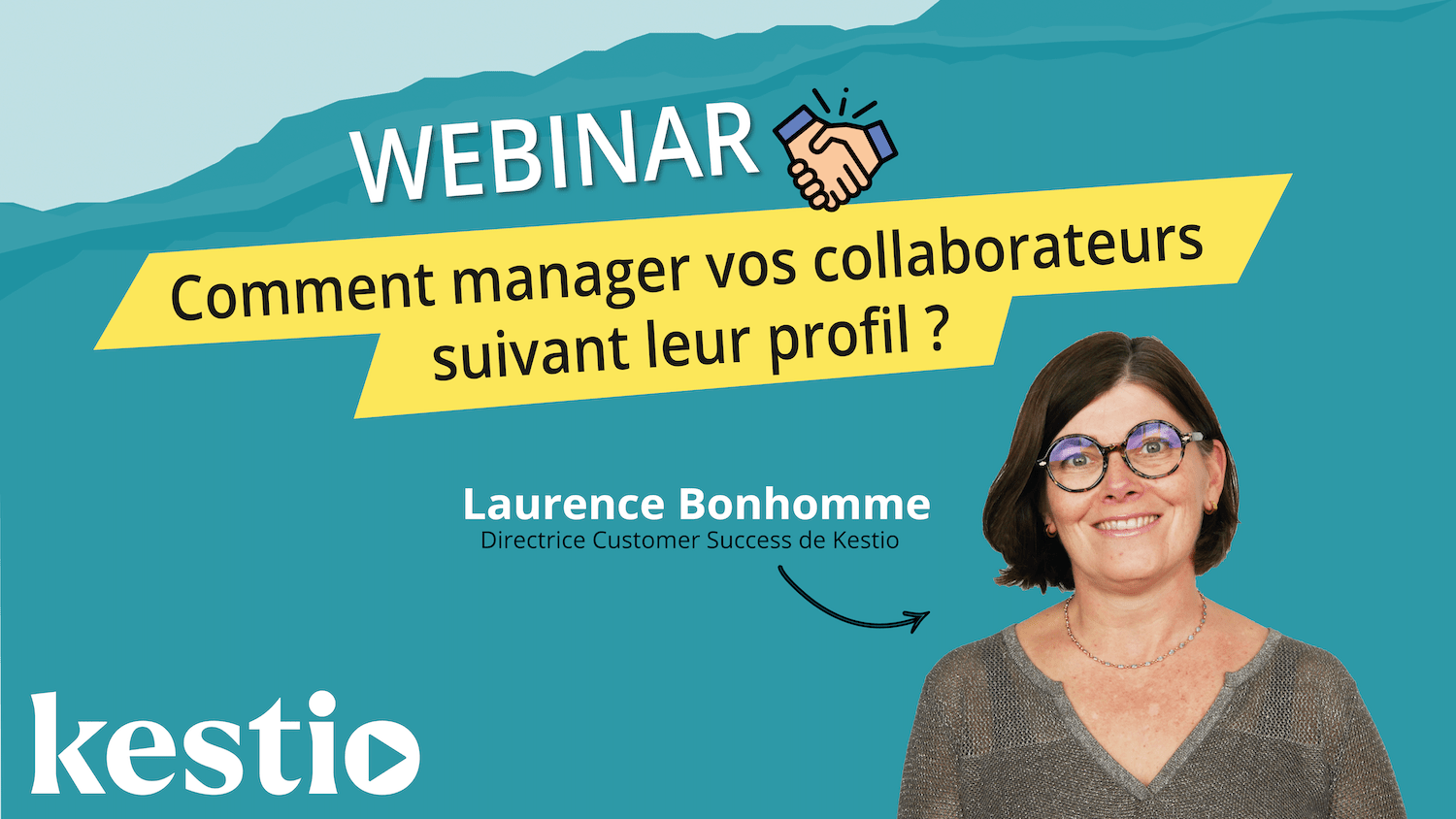Faced with the digitalization of commercial interactions, business leaders and sales managers are seeking to adapt the sales forces of their organization.
However, making the right choice between a new sales recruitment and a new marketing solution is no easy task.
In this Webinar, our General Manager Dominique Seguin helps you make the most optimal decision for your company.
Before considering sales recruitment, reorient your team's missions
To optimize your sales organization, it is necessary to direct the activity of your current team towards your most valuable customers.
By evaluating your customer assets in this way, you can direct your efforts intelligently and optimize your time and resources to meet your objectives!
This evaluation can thus become a way to cope with the current shortage in the commercial recruitment sector or, conversely, to realize the importance of a new hire.
Before considering commercial recruitment, free up your sales representatives' time
Did you know that sales representatives spend only 41% of their time on pure sales activities? Their days are indeed punctuated by numerous repetitive tasks that do not create added value: writing emails, preparing prospect files, entering information, creating quotes...
These different tasks are not what you expect from a sales representative, and neither does he!
But thanks to technology, you can now automate all these repetitive tasks to free up time for your team. Many marketing automation solutions exist, allowing you to create lead generation scenarios and enrich your online customer experience.
To make your choice easier, discover our comparative guide to 11 Marketing Automation solutions! Click here to download it.
By freeing up your team's time, you increase their productivity. This may then allow you to avoid commercial recruitment.
Modernize your sales prospecting
There's no point in carrying out commercial recruitment if your practices don't evolve as well. While greatly feared by salespeople, prospecting is nevertheless a crucial step for the development of your turnover.
To make the exercise more effective, combine traditional methods and new practices. "Hard-core" telephone calls can be combined with an inbound marketing strategy, particularly through your website.
By establishing a concrete process, you can then define specific roles for the different members of your team: digital marketing, prospecting, qualification, conversion, loyalty... This way, you can identify whether you need a sales recruitment or a marketing solution to carry out this process successfully.
Blend marketing and sales!
The challenge isn't so much about choosing between commercial recruitment or a marketing budget, but rather being able to work collectively to build a sales funnel that blends marketing and sales to best meet the needs of your customers!
To do this, it is necessary to identify its buyer personas. The exercise may seem simple but is actually much more complex and can guide the entire direction of your sales funnel!
Ask yourself the following questions: What is your client's role? Which market do they operate in? What are their biggest challenges ahead? What are their purchasing habits?
By obtaining this information, you can then offer your customer personalized marketing content, in line with their issues, and guide the discussions of your sales representatives.





